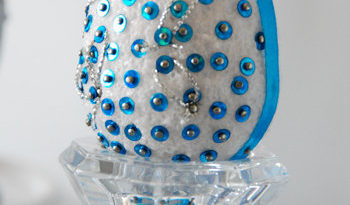Autumn/Fall Gardening Tips
Fertilizing in Autumn
Autumn gardening begins soon after the summer flowers begin to fade. Autumn is a good time to fertilize trees, shrubs, and hardy perennials. Feeding perennials in autumn will encourage new growth in the coming year. Lawns should be lightly dusted with some type of low nitrogen fertilizer to establish good root growth before winter. Low nitrogen will discourage early leaf growth, as well.
Autumn Annuals, Winter Varieties and Hanging Baskets
Winter varieties of heathers are a popular plant for autumn, thriving on lime rich soil. Different varieties of herbs can be grown in a greenhouse for use throughout the fall season. Pansies will flower in October and December in most gardening regions. Hanging baskets filled with pansies, ivy, and heather are great additions for patios in the autumn and in areas with mild winter weather. Gladioli, dahlia, and tuberous begonias should be dusted with a fungicide and stored indoors in a dry frost-free location. Chrysanthemums can be grown under glass, provided they receive adequate ventilation to prevent root rot.
Preparing for Spring in October
October is a good time to start spring bedding plants, such as primroses, forget-me-nots, and sweet William. Be sure and mix the soil with peat, to aid in drainage and prevent damage from frost and fertilize with some type of plant food. Tulips, lilies, and daffodils can be planted outdoors in early autumn or grown in pots within a greenhouse. Geraniums and fuchsia may do well if brought inside in autumn.
Pruning & Trimming in Fall
Rambling and climbing roses should be pruned close to their base in autumn, leaving just a few flowering shoots. Fuchsias can be trimmed back to 18 and old flowers and foliage should be removed from any container plants and cut back to 4 or 6 from the soil level.

